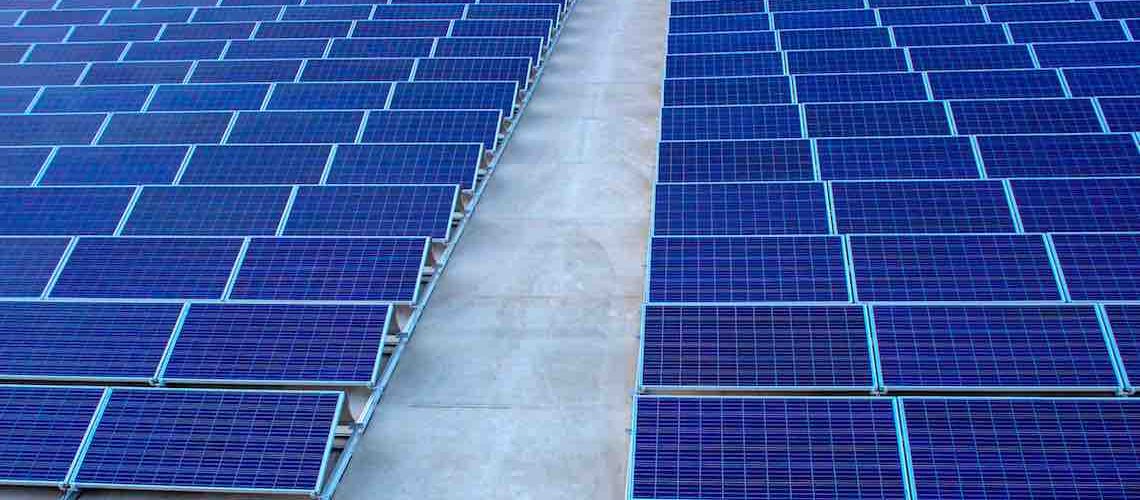Government of India has launched one of its kind initiative – the State Rooftop Solar Attractiveness Index, short-form as SARAL. The Index will evaluate Indian states based on their attractiveness for rooftop development. The objective is to encourage rooftop solar installations by creating healthy competition among the states.
SARAL currently captures five key aspects –
i. Robustness of policy framework
ii. Implementation environment
iii. The investment climate
iv. Consumer experience
v. Business ecosystem
It encourages each state to assess the initiatives taken so far, and what it can do to improve its rooftop solar (RTS). Karnataka has secured the first rank, followed by Telangana, Gujarat and Andhra Pradesh.
Apart from subsidies and reduction in duties which the central government has taken, there are multiple steps taken by state governments which have given a fillip to rooftop solar installations. Mandating installations of rooftop solar, incentivizing through net metering which means that consumers have to pay the bill net of their export as well as for self-consumption, not limiting the size of the solar plants are some of the measures taken by States. Analysis by IRENA found that the costs for setting up solar photovoltaic (PV) projects have dropped by about 80 percent in India between 2010 and 2018
SARAL has been designed collaboratively by the Ministry of New and Renewable Energy (MNRE), Shakti Sustainable Energy Foundation (SSEF), Associated Chambers of Commerce and Industry of India (ASSOCHAM) and Ernst & Young (EY).
In the last few years, India has increased its focus on renewable energy sources and reduce its dependence on fossil fuels. Solar energy is one of the main sources to accomplish the target of 40% of electric power from non-fossil-fuel. Government of India has set an ambitious target of 100 GW of solar power capacity by 2022, of which 40 GW is expected to come from grid-connected solar rooftops. Rooftop solar PV is fast becoming attractive for residential consumers, commercial establishments, hospitals, schools, government buildings, etc. bringing in increased attention from entrepreneurs, developers, financial institutions and other players in this sector.






Add comment